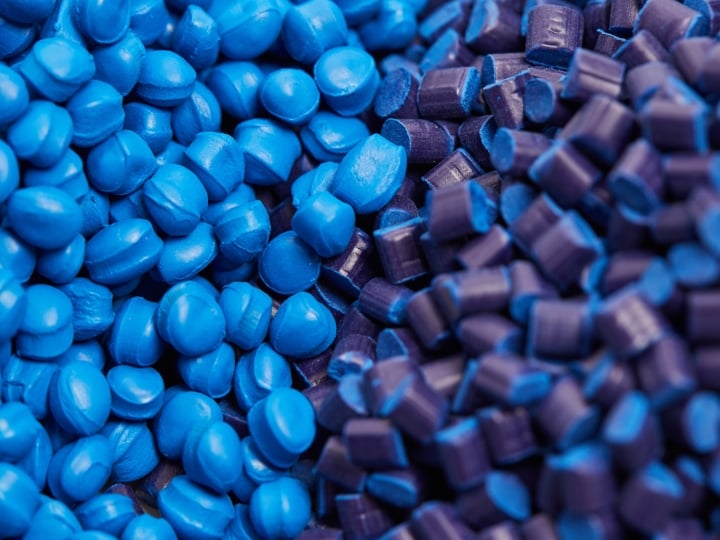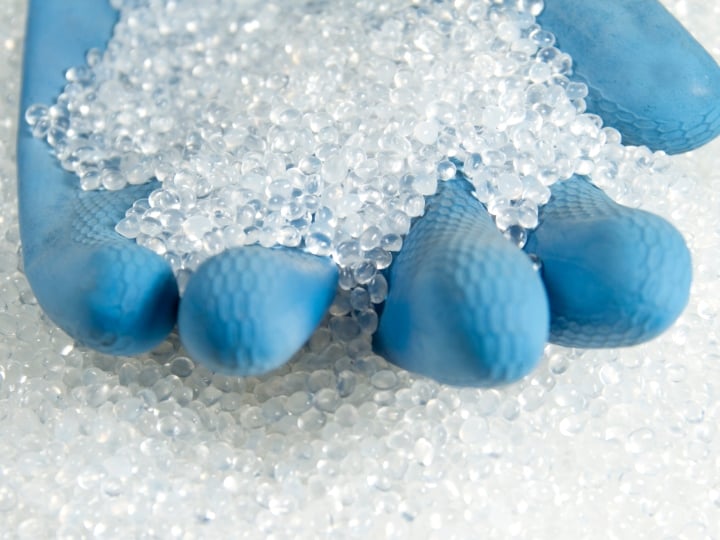Phthalates testing and analysis in plastics and polymers, including a wide range of products such as cosmetics, toys and food contact materials
Phthalates is a softening and flexibility-inducing group of chemical esters in products, and their levels are of ongoing concern, due to their wide usage in our everyday products such as cups and bowls, kitchen equipment, car parts, public transport shelters, seats, ticket dispensers, food wrappers and packaging of cosmetics, with personal care items containing phthalates including perfume, eye shadow, moisturizer, nail polish, liquid soap, and hair spray. Other esters used in the industry include DINCH, Benzyl glycoates, and glycol benzoates, “Citroflex” and Eastman 168, although phthalates are widely perceived to have profoundly negative effects on health.
End-applications include adhesives and glues, agricultural adjuvants, building materials, personal-care products, medical devices, detergents and surfactants, packaging, children's toys, modelling clay, waxes, paints, printing inks and coatings, pharmaceuticals, food products, and textiles. Phthalates are also frequently used in soft plastic fishing lures, caulk, paint pigments, and sex toys made of so-called "jelly rubber".
The use of certain phthalates in many consumer products is banned in various countries, including in Europe by EEC directive 2005/84/EEC, (EC) 10/2011 (Union List) and other regulations.
Intertek provides phthalate trace level detection analysis and screening of polymers and other materials and products, such as toys and food contact materials for the presence of phthalates, with labs located in the UK, Asia, Europe and North America, and with in-depth analysis conducted by experienced chemists using state-of-the-art instrumentation.
In America The Consumer Product Safety Improvement Act (CPSIA) came into force in September 2008 and places restrictions on the use of certain substances in all products intended for children under 12 years of age.
The European Parliament has banned the use of three Phthalate Plasticisers in all Children's Toys and Childcare items:
• di-(2-ethylhexyl) phthalate (DEHP), CAS No 117-81-7
• di-n-butyl phthalate (DBP), CAS No 84-74-2
• butyl benzyl phthalate (BBP), CAS No 85-68-7
Also banned for the use are three other Phthalates for toys and childcare items that can be put in to the mouth:
• diisononyl phthalate (DINP), CAS No 28553-12-0
• diisodecyl phthalate (DIDP), CAS No 26761-40-0
• di-n-octyl phthalate (DNOP), CAS No 117-84-0
According to the EU decision, plasticized materials in toys and childcare articles containing these phthalates in concentration of greater than 0.1 % shall not be placed on the market within the EU.
Note: these restrictions are covered under Annex XVII of REACH and not SVHC annex XIV. Annex XIV lists the so-called substances of very high concern, (SVHC’s) and is updated every six months. There are more phthalates included in Annex XIV than in XVII, but the limit is the same.
Examples for specific migration limits for phthalates used in food contact materials as in regulation (EC) 10/2011 include:
• di-(2-ethylhexyl) phthalate (DEHP), CAS No 117-81-7, SML 1.5 mg/kg
• diisononyl phthalate (DINP), CAS No 28553-12-0 and diisodecyl phthalate (DIDP), CAS No 26761-40-0, SML (T) 9 mg/kg (=sum of two in total)
We perform a number of tests on phthalates - for example a specific dissolution into THF method from the CPSC, EN 14372 (toys and childcare articles), EN 15777 textiles, ISO/Ts 16181: 2011, with each method tailored to optimise extraction of phthalates out of the particular substrate, and with the common use of LC-MS or GC-MS for final determination and quantitation.
Our phthalates experts will provide expert and meaningful results relevant to your needs, from state of the art laboratories located around the world.
Related Polymer Testing Services:
Polymers News and Events
Meet our team at K2025 Reach out now
LEARN how CircularAssure helps you to close the loop in the circular economy for plastics
TECHNICAL TALK: Circularity - Addressing Challenges in Material Development through Evaluation Programs
WHITE PAPER: Quality Assurance Strategies for Recycled Plastics
WHITE PAPER: Materials Characterisation for the Automotive Supply Chain
BROCHURE: Injection Moulding Test Specimen Production Catalogue
ARTICLE: Processability and evaluation programmes for recycled plastic materials
ARTICLE: Adhesives Quality Assurance Testing Programs
CASE STUDY: Polymer Surface Contamination Resolution
CASE STUDY: Elastomer Seal Material Failure
CASE STUDY: Polymer Failure - Distribution and Dispersion of Fillers


